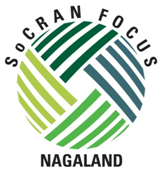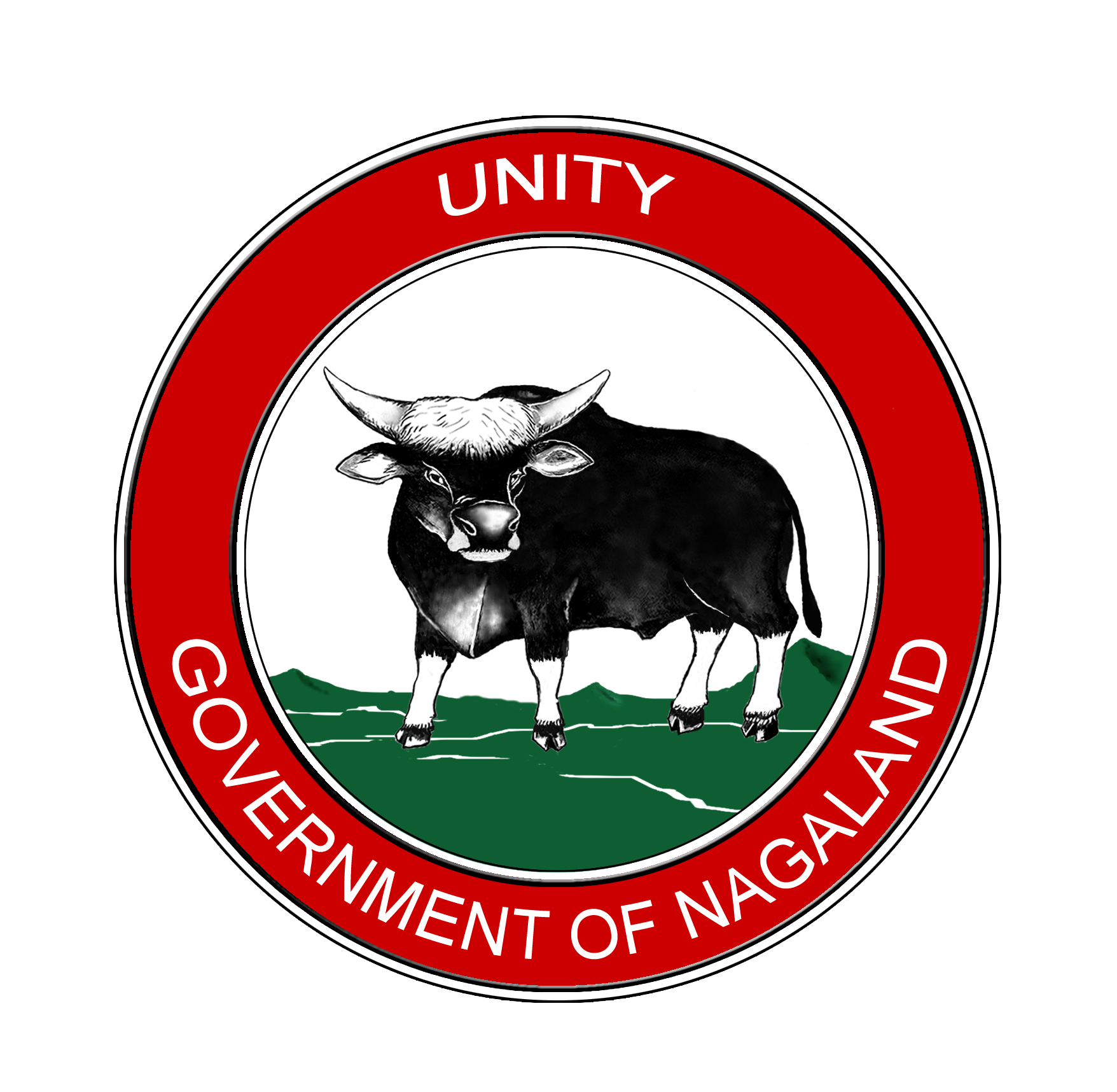The project will address the issues facing jhum cultivation through:
(i) Better jhum cultivation practices that will be both more productive and more sustainable creating an ecological balance; and
(ii) supporting jhumia households to adopt alternative farming systems, particularly, sedentary farming. Both of these approaches, along with more productive wet rice fields, better plantation crops, improved livestock systems and increased off-farm income, will enhance farmer’s income and reduce pressure on natural resources and increase resilience to climate change. As farmers move to more market-orientated production, the project will support improved market access and value chain development.
Project Components:
- Component No. 1 (Improved Jhum Farming Practices)
- Component No. 2 (Value Chain Development & Market Access Facility)
- Component No. 3 (Project Management and Knowledge services)
Project Sub-Components
Component No. 1: Improved Jhum Farming Practices
i) Better Jhum
a) Current jhum improvement
b) Integrated jhum farming
c) Community based activity
ii) Support for Integrated Settled Agriculture
a) Support for Integrated TRC/Wetland Farming
b) Support for Integrated Upland Settled Farming
Component No. 2: Value Chain and Market Access
i) Value Chain Development
a) Crop based value chain development
b) Livestock based value chain development
ii) Market Access Infrastructure
Component No. 3: Project Management
i. Project Management
ii. Monitoring, Evaluation and Knowledge Management
| Sl. No. | District | Block | Village |
| 1 | Mon | 8 | 91 |
| 2 | Longleng | 3 | 30 |
| 3 | Mokokchung | 8 | 58 |
| 4 | Zunheboto | 8 | 150 |
| 5 | Kiphire | 5 | 73 |
| 6 | Wokha | 7 | 100 |
| 7 | Phek | 7 | 75 |
| 8 | Kohima (+Tseminyu) | 5+2 | 40+28 |
| Total | 53 | 645 |
Approach and Target of Project
Approach:
- Supportive approach towards traditional & cultural farming practices without criticizing them and rather taking gradual improvising approach.
- Bottom-up approach
- Community driven & community led approach (Planning, participation and ownership)
- Participatory Land Use Planning
- Strengthening Community Institutions (FIGs, SHGs, VFGs, FPOs)
- Community Procurement (DBT to Account of Community Institutions)
Target:
- Geographical Targeting (Jhum areas, remote areas)
- Social Targeting ( Women, Youth, Protracted Illness & Disabled, Women headed HH e.g. Widow, Divorce etc.)
Desirable Outcome Based Interventions:
- 50% HH – Jhum Cycle to 3 or more years
- 50% HH – More than Doubling the income
- Increase in number of trees at least 20/Ha in jhum land
- More than 1 Lac HH adopt environment friendly, sustainable and climate resilient technologies through agro-forestry, S& WC, improved panting material, livestock
- 30000 HH adopts good animal husbandry practices


